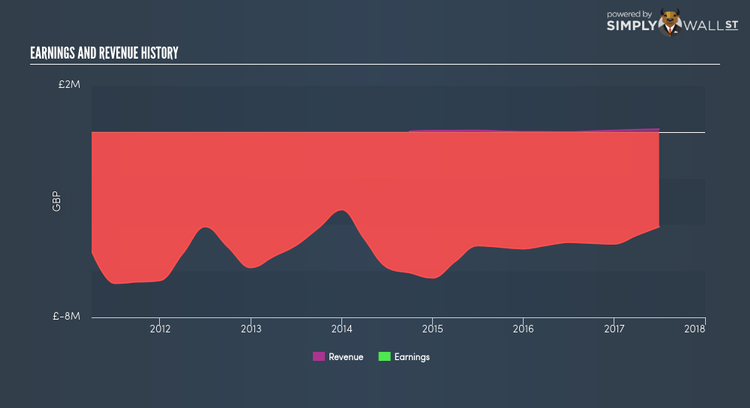Does Quadrise Fuels International Plc (LON:QFI) Fall With The Market?

For Quadrise Fuels International Plc’s (AIM:QFI) shareholders, and also potential investors in the stock, understanding how the stock’s risk and return characteristics can impact your portfolio is important. QFI is exposed to market-wide risk, which arises from investing in the stock market. This risk reflects changes in economic and political factors that affects all stocks, and is measured by its beta. Different characteristics of a stock expose it to various levels of market risk, and the market as a whole represents a beta value of one. A stock with a beta greater than one is considered more sensitive to market-wide shocks compared to a stock that trades below the value of one.
View our latest analysis for Quadrise Fuels International
What does QFI’s beta value mean?
Quadrise Fuels International’s beta of 0.52 indicates that the stock value will be less variable compared to the whole stock market. This means the stock is more defensive against the ups and downs of a stock market, moving by less than the entire market index in times of change. QFI’s beta indicates it is a stock that investors may find valuable if they want to reduce the overall market risk exposure of their stock portfolio.
How does QFI’s size and industry impact its risk?
A market capitalisation of UK£47.42M puts QFI in the category of small-cap stocks, which tends to possess higher beta than larger companies. Moreover, QFI’s industry, oil and gas, is considered to be cyclical, which means it is more volatile than the market over the economic cycle. As a result, we should expect a high beta for the small-cap QFI but a low beta for the oil and gas industry. This is an interesting conclusion, since both QFI’s size and industry indicates the stock should have a higher beta than it currently has. A potential driver of this variance can be a fundamental factor, which we will take a look at next.
Can QFI’s asset-composition point to a higher beta?
During times of economic downturn, low demand may cause companies to readjust production of their goods and services. It is more difficult for companies to lower their cost, if the majority of these costs are generated by fixed assets. Therefore, this is a type of risk which is associated with higher beta. I test QFI’s ratio of fixed assets to total assets in order to determine how high the risk is associated with this type of constraint. Considering fixed assets account for less than a third of the company’s overall assets, QFI seems to have a smaller dependency on fixed costs to generate revenue. As a result, the company may be less volatile relative to broad market movements, compared to a company of similar size but higher proportion of fixed assets. Similarly, QFI’s beta value conveys the same message.
What this means for you:
You may reap the benefit of muted movements during times of economic decline by holding onto QFI. Its low fixed cost also means that, in terms of operating leverage, its costs are relatively malleable to preserve margins. What I have not mentioned in my article here are important company-specific fundamentals such as Quadrise Fuels International’s financial health and performance track record. I urge you to complete your research by taking a look at the following:
Financial Health: Is QFI’s operations financially sustainable? Balance sheets can be hard to analyze, which is why we’ve done it for you. Check out our financial health checks here.
Past Track Record: Has QFI been consistently performing well irrespective of the ups and downs in the market? Go into more detail in the past performance analysis and take a look at the free visual representations of QFI’s historicals for more clarity.
Other High-Performing Stocks: Are there other stocks that provide better prospects with proven track records? Explore our free list of these great stocks here.
To help readers see pass the short term volatility of the financial market, we aim to bring you a long-term focused research analysis purely driven by fundamental data. Note that our analysis does not factor in the latest price sensitive company announcements.
The author is an independent contributor and at the time of publication had no position in the stocks mentioned.

